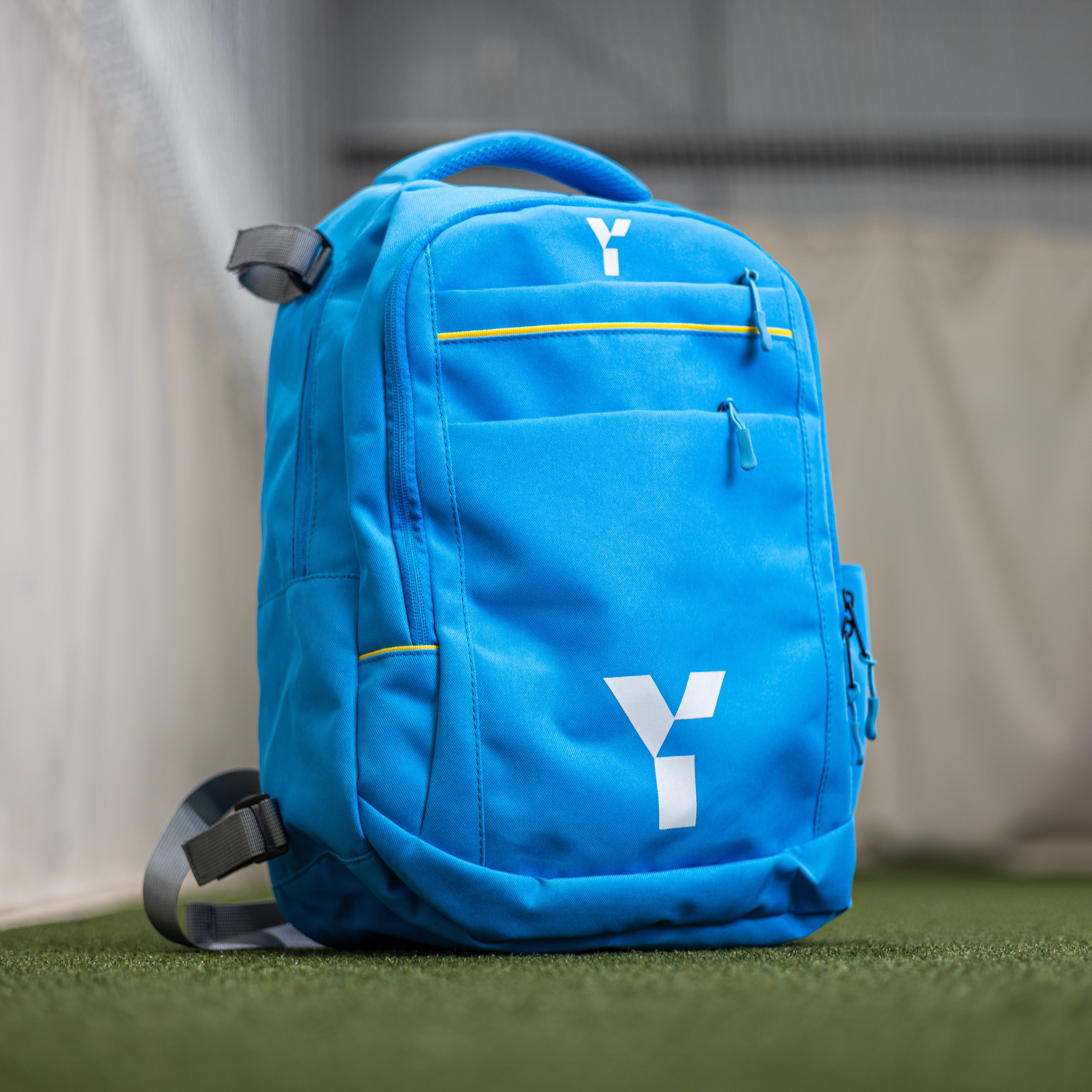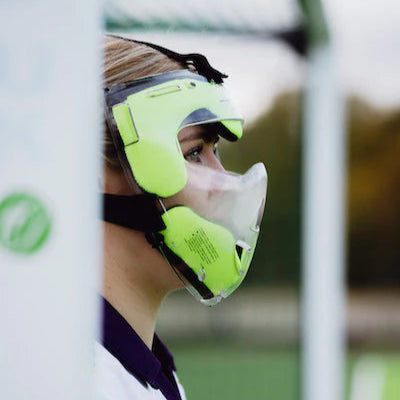Luke Southgate: Top 5 Tips For Injury Prevention

Sprinting, changing direction, dribbling, drag flicking, throwing aerials, diving to make a spectacular save; these are the elements that make hockey so exciting, but we all know how punishing they can be on our bodies. Every hockey player in the world will wince in empathy if you mention hamstring strains, ankle sprains, aching lower backs or the struggles of sitting on the loo in week one of preseason!
Injury and pain will impact all of us at some point. We all know how frustrating, disheartening and even isolating it can feel when injury prevents us from practising and playing the game we love. In this article I hope to share some simple, proactive measures that every player can implement to reduce the amount of playing time they miss through injury. Here at Durham University Hockey Club we have identified ankles and hamstrings as being our most costly injuries, so let’s begin there.
1. Ankles
Changing direction at high speed and the possibility of stepping on an opponent’s stick combine to make the ankle a common area of vulnerability for hockey players. In recent times our players have also battled with an overuse injury commonly known as shin splints. In either case, improving the stability and strength of the ankle is our priority.
Try practising these simple exercises at home. Move at a smooth controlled tempo, through full range of motion. Keep the knee and upper leg still, move only from the ankle. Begin with 2 rounds of 5-10 repetitions twice weekly. Every week try adding a repetition, soon you’ll be able to do an extra round, then an extra day.

Single Leg Calf Raise

Tibialis Raise

Eversion (little toe moves away)

Inversion (big toe moves towards)
2. Hips
Hockey presents many challenges for the hip joint and all the complex muscle groups that meet to stabilise and move this region of the body. Think about the low body positions seen when players are tackling, trapping, slapping or injecting at a penalty corner. Likewise, goal keepers have to lunge like crazy in multiple directions, dive to the ground then scramble to get back to their feet. It is easy to see why hockey players develop overuse injuries or muscle strains in the hamstrings, hip flexors, quads, glutes and adductors (groin). Lunging, squatting, bending, twisting and sprinting movements require good flexibility. The hip must flex, extent and rotate effectively. However, you don’t need to tie yourself up in knots like a yoga master. You should aim to have appropriate range of motion to perform these movements pain free. In addition to flexibility you need to have stability in these low positions and strength endurance to tolerate these actions many times in a game.
Here are a selection of exercises that regularly feature in DUHC strength and conditioning programs to build ‘robustness’ around the hips. Be sure to practice full range of motion, work to a gentle stretch, mimic the positions you require for your game. Move at a smooth, controlled tempo, this will make the exercises more challenging and will test your stability.

Band Resisted Bridge

Bridge Squeeze

Hamstring Curl

Hamstring bridge

Split Squat

Lateral Sits

Lying Hip Flexor

Squats
3. Torso
Ask an onlooker what they think about hockey and they will say “it must be torture for your lower back”. Our best plan of attack for limiting the wear and tear is to wrap the spine in 360 degrees of support from the abdominal wall.
These exercises will be most effective if performed with neutral posture. Think about making the spine long, keeping the rib cage down and pelvis stationary. In each of these positions it is helpful to set up as follows. Step 1) breathe out quite forcefully, you will feel all the muscles of your torso bracing to help push the air out. Step 2) keep that brace, now gently suck air down into your tummy, inflate to about 7/10. Step 3) take small breathes throughout the exercise without losing the bracing and pressure. Try these for 15seconds at first and progress gradually up to 45seconds for 1-3rounds.

Half Side Plank

Front Plank

Bird Dog

Deadbugs
4. Be a year-round athlete
The most durable and robust athletes in our program are those who continue to train all year round. Everyone understands that some rest and recuperation is required at the end of the season. Your training should be different during the off-season but it is important to maintain some level of conditioning. The key is to avoid big spikes or dips in workload. Taking complete rest then returning to hockey training is a recipe for injury. During breaks in the season our players replace the games with additional running sessions to ‘top up’ their workload, keeping the average weekly workload fairly constant.
At the end of the season we encourage a period of cross training and general activity, replacing running with swimming, cycling, walking or playing other sports. While the hockey season still feels a long way away we introduce longer, steadier, more general running fitness. As the hockey season approaches we transition into more hockey specific running, with shorter intervals, faster running and more changes of direction.
5. Know when to stop
Training and injury seem to exist on sliding scales and thresholds. Apply a certain level of strenuousness and a tissue will adapt and improve its performance. You might never even be aware that it is happening. Cross a threshold into a level of strenuousness that exceeds the tolerance of the tissue and suddenly you become very aware. You experience pain or discomfort.
Active people who enjoy being competitive are seemingly always treading a fine line. It is important to listen to your body. Experienced athletes know when it is time to push on and when it is time to stop. The strength and conditioning department here at the university is adopting a traffic light system to help our athletes understand and manage their aches and pains. Hopefully this may be of some help to you.
Green:
Pain is 0-3 out of 10
Feels better after a good warm up
Doesn’t impede your movement
You feel able to complete your training session/game as normal
This pain is responding well to movement so keep moving
Amber:
Pain is 4-6 out of 10
By modifying the intensity or duration of your session you feel able to work around this pain and still participate
By avoiding certain movement triggers you feel able to work around this pain without it worsening
Red:
Pain is 7+
Constantly hurts
Impedes movement
Seek a professional diagnosis by a physiotherapist
Avoid pain stimulus to allow healing and desensitisation
Follow the guidance of your physiotherapist for a gradual return to training
Useful Links:
YouTube: Team Durham S&C
Instagram: @TeamDurhamSC





























